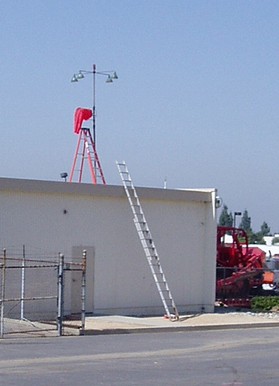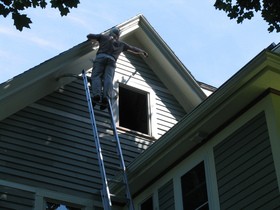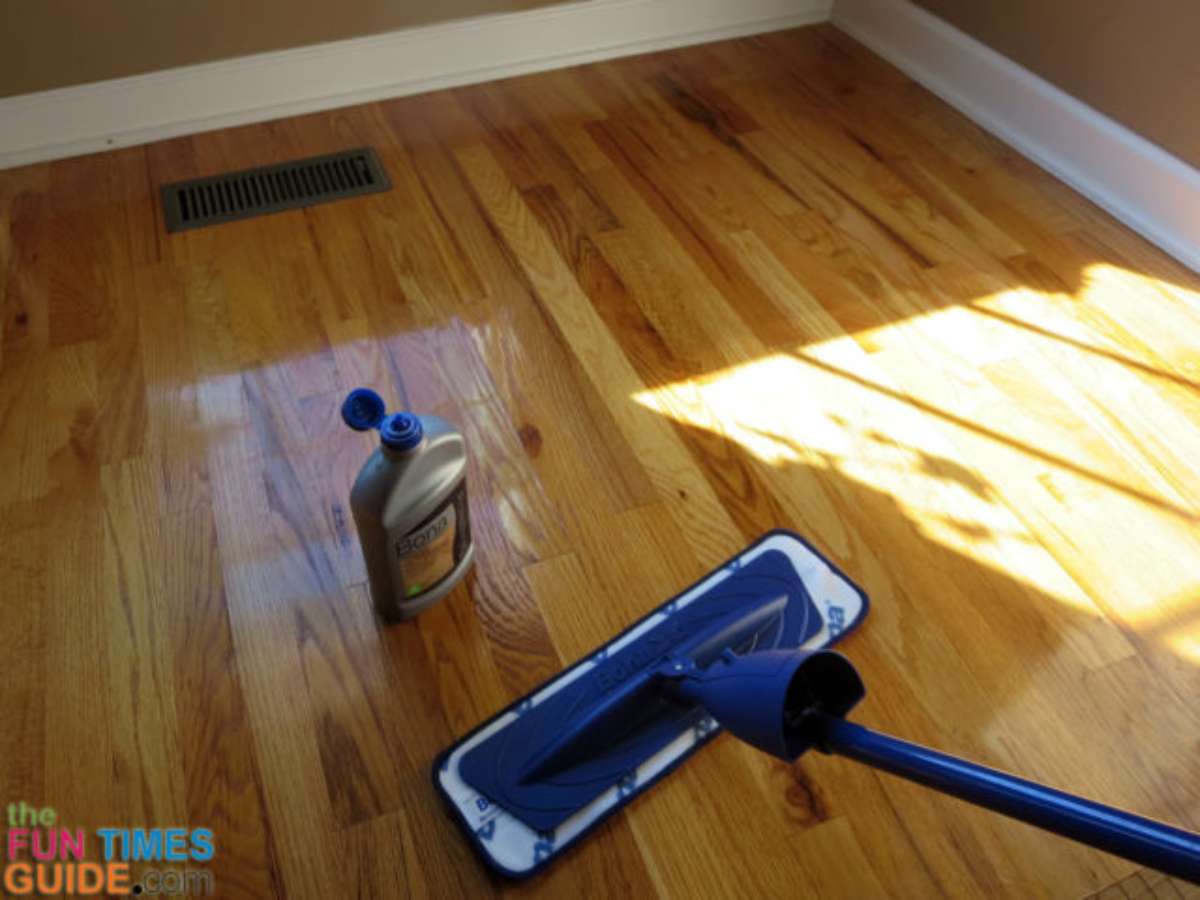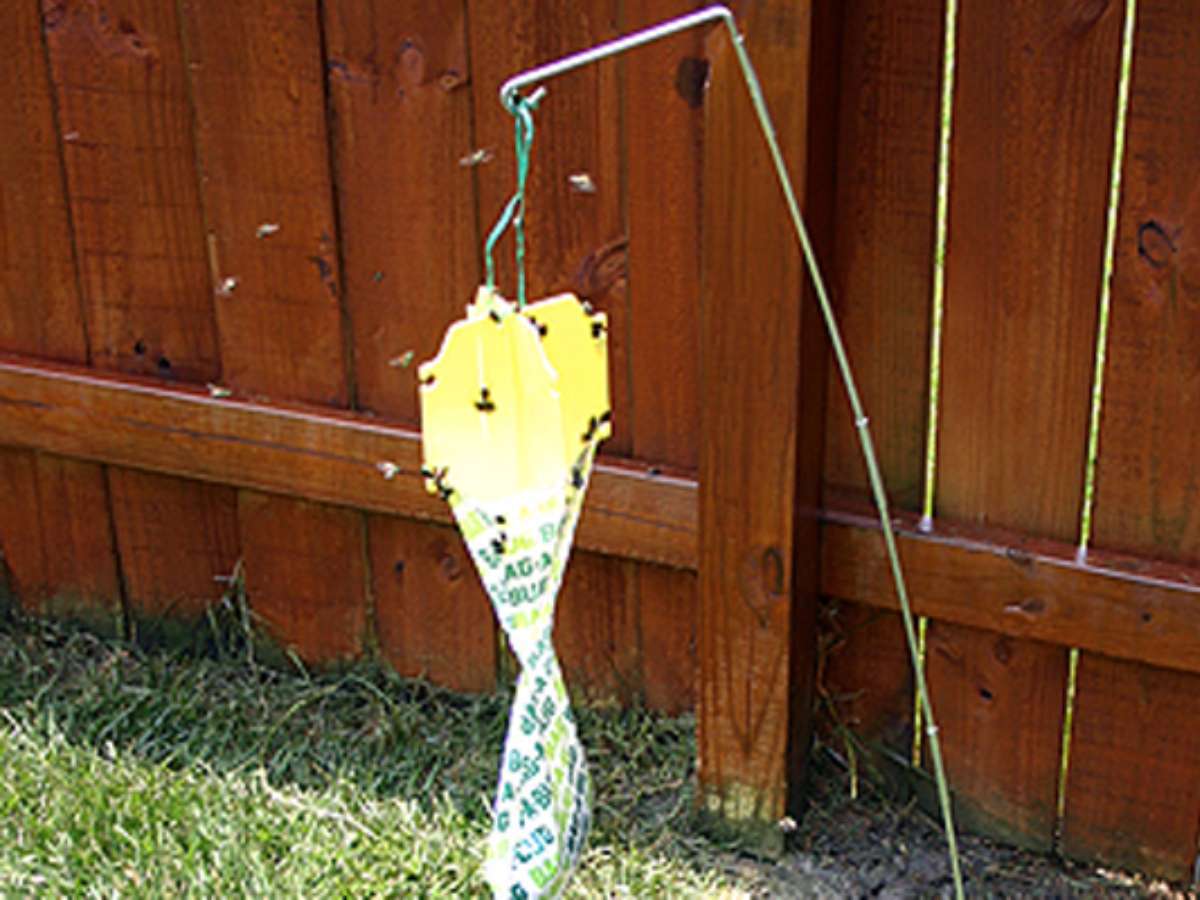 Whether it’s for changing a lightbulb in a fixture suspended high above your staircase or for the annual cleaning of the leaves from the gutters around your home, at some point everyone needs a ladder!
Whether it’s for changing a lightbulb in a fixture suspended high above your staircase or for the annual cleaning of the leaves from the gutters around your home, at some point everyone needs a ladder!
Without a ladder, your efforts may be fruitless when attempting to gain access to a hard-to-reach household problem area.
Odds are, you may keep one or two ladders around. But with so many different styles, what’s the best ladder for your needs? How, exactly, do you go about choosing the “right” ladder anyway?
The average homeowner will typically have a step-ladder for those jobs where you just need a little extra height and maybe an extension ladder to accommodate projects that are a bit higher up.
Seems simple enough, right?
Truth is, there’s a whole lot more to ladders than simply step-ladder vs extension ladder.
Here’s how to determine the best ladder…
Ladder Material
Ladders come in 3 basic materials:
Your choice of ladder material should be hinged on where and how the ladder is going to be used:
- Aluminum will conduct electricity, so is electrical shock a concern?
- Wood may rot or splinter if not stored properly, and over time wood step ladders will become loose and wobbly.
- Fiberglass can degrade over time when left exposed to the outdoor elements.
 There is really no one perfect material for every situation. You need to choose the type of material that best matches the environment that your ladder will be used in and stored in.
There is really no one perfect material for every situation. You need to choose the type of material that best matches the environment that your ladder will be used in and stored in.
TIP: When buying an extension ladder (one that telescopes out to a desired length), if a 14-foot ladder will reach, you should choose a 16-foot or 18-foot ladder for the project. The extra overlap of the 2 sections will greatly stiffen the ladder, and you will feel more secure working at heights.
Price: Expensive Ladders vs Cheap Ladders
Ladders are serious business. Your very life may depend on a ladder’s strength and integrity. So, this isn’t the place to scrimp trying to save a few bucks.
A quick trip to your local discount store might get you a basic ladder for a pretty reasonable price. Do keep in mind that, generally, you get what you pay for.
Cheaper ladders mean less material and a lower load capacity. There is nothing scarier then being 15 feet off the ground on a weak and wobbly ladder.
Ladders For Special Circumstances
 Never attempt to “make do” with the wrong ladder for the job.
Never attempt to “make do” with the wrong ladder for the job.
Specialty ladders — such as the Little Giant ladder — can help to address those unique or dangerous situations that just can’t be safely done any other way.
For example, using a step-ladder on a stairway requires one set of legs to be adjustable to a shorter length in order to maintain the proper work position.
These types of specialty ladders can also be considered multi-purpose ladders, since they can be configured as a step ladder, an extension ladder, a scaffold support, and they can even be used as a temporary work bench!
Helpful Ladder Accessories
Just as important as choosing the correct ladder for the job, is the fact that you also need to pick the right accessories.
For example, you may want to protect the siding on the exterior of your house or the walls inside by padding the top of the ladder. Padding the legs of your ladder will also help to prevent the ladder from slipping during use.
Check out this list of ladder accessories including such things as work platforms, side to side leveling legs, stabilizer wall standoffs, slip on plastic siding protectors, ladder jacks, and much more.
Most important in choosing your ladder is to read the weight capacity on the tag. Go overboard! Just because you weigh 180 lbs doesn’t mean you should settle for a 200 lb rated ladder. Time marches on, but a good ladder will last a lifetime. Someday you’ll look back at those 180 lb days and wish, “If only I could go back.”
More About Ladders



